Festival & Fairs
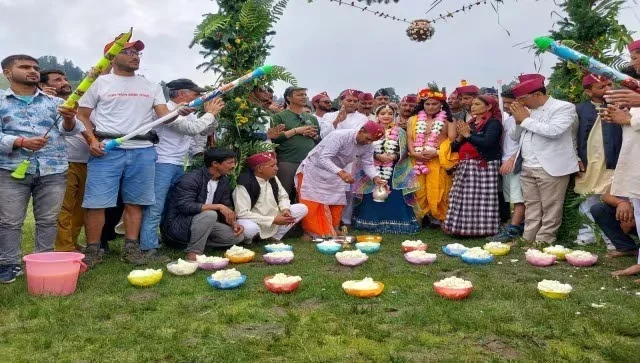
Anduri Utsav
Butter Festival is also known as Anduri Utsav. This is a unique festival that holds great importance for Raithal villagers. This festival is celebrated in the Raithal village of Uttarkashi. Locals play with Butter and Buttermilk instead of colors.
This high-altitude Butter, Holi Festival of Dayara Bughyal, is one of its kind. The butter festival, locally known as Anduri Utsav, is held on the slopes of the alpine meadow every year during the auspicious occasion of Sankranti. Anduri is a festival of expressing gratitude to mother nature.
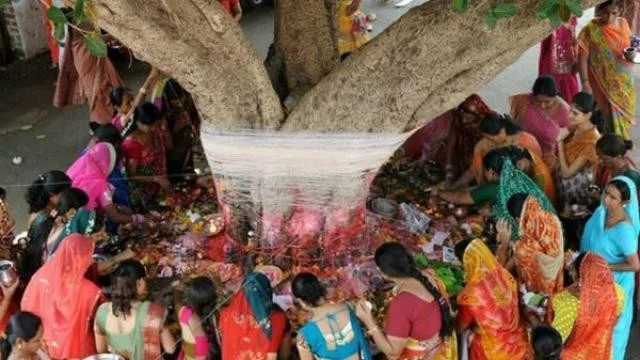
Bat Savitri Or Vat Savitri
Vat Savitri is one of the most prominent Hindu festival which is celebrated by Hindu married women. On this auspicious day, they observe fast and offer prayers to Banayan Tree for the well being of their husbands. Vat Savitri occurs on Amavasya Tithi in the month of Jyeshtha.
The simple people in the hilly state of Uttaranchal celebrate all their festivals with a great deal of ardor and enthusiasm. The Bat Savitri Festival is a festival in which married women are the chief participants.
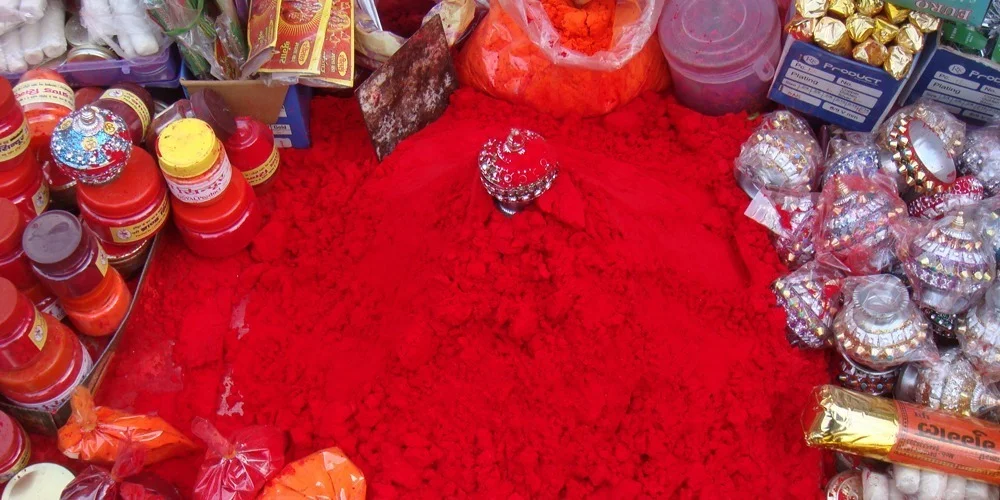
Bhitauli
The cultural vitality and agricultural history of Uttarakhand are summed up in the two interdependent festivals of Bhitauli. The agricultural traditions of the state constitute the foundation of these festivals, which commemorate key dates in the agricultural year. Joy, ritualistic rituals, and community bonding characterize the Bhitauli celebrations, respectively, that take place during the Chaitra and Shravana months.
All of these traditions come together to form a tapestry that binds the people of Uttarakhand to their ancestral habits, crops, and land.
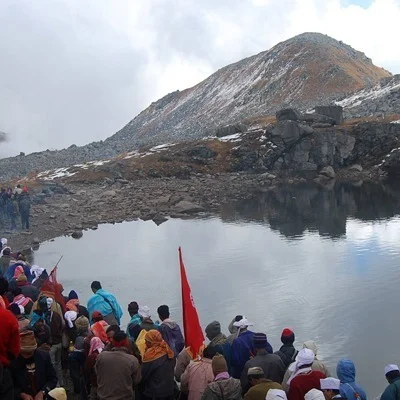
Chhipla Jaat
Chhipla Jaat is basically a yatra (travel event) which expresses different aspects of human faith. The bare foot journey to worship, bath, collective food, songs and dances and the possession of the body of Bonia by the folk god are the essential parts of Chhipla Jaat.
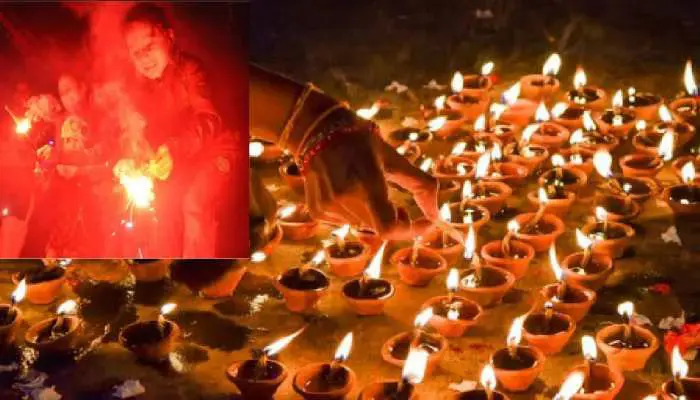
Egaas
Egaas. People of Uttarakhand believe that Lord Rama returned from his exile 11 days late to the upper hilly regions, which is why they celebrate Egaas, 11 days after Diwali, by cooking various delicacies, performing folk dances and lighting up their homes.
Uttarakhand, is a state whose culture is very diverse and colorful. The ritual of celebrating the festival has been going on for centuries in the state. One of the festivals that cherish and bring backs the culture of Uttarakhand is ‘Egaas Bagwal’.

Ghee Sankranti
In Uttarakhand, Singh Sankranti is celebrated as Ghee Sankranti on the last day of Saavan, to welcome the Bhado month in mid-August. Makar Sankranti is observed in mid-January. Kumbha Sankranti is celebrated in Haridwar with the iconic Kumbh Mela celebrations.
Ghee Sankranti Today is the famous folk festival of Uttarakhand, Ghee Sankranti. It is believed that when the Sun God, the king of planets, leaves Cancer and enters his zodiac sign Leo, then Ghee Sankranti or Leo Sankranti is celebrated on that day.
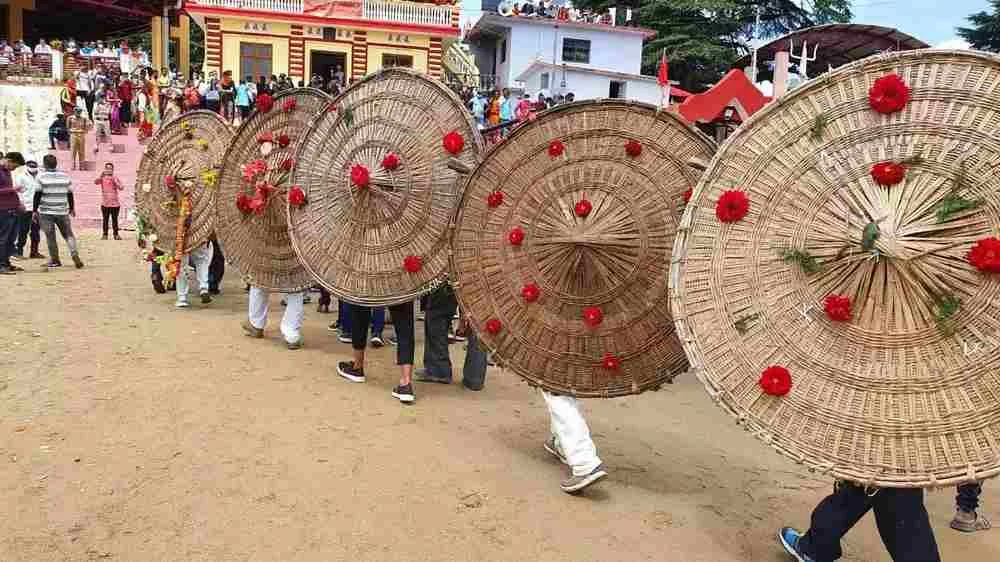
Janopunya
One of the most important festivals of Uttarakhand and the people of Kumaon celebrate Raksha Bandhan and Janopunya on the same day. On this day, people change their janeu (sacred thread worn across the body by Hindu men). The popular Bagwal fair is also held on this day in Champawat.
This is one of the religious festivals of Uttarakhand and the people of Kumaon celebrate the Raksha Bandhan and the Janopunya on the same day. On this special day the people of the state exchange their local threads. The famous Bagwal fair is organized in the region of Devidhura in the district of Champavat.
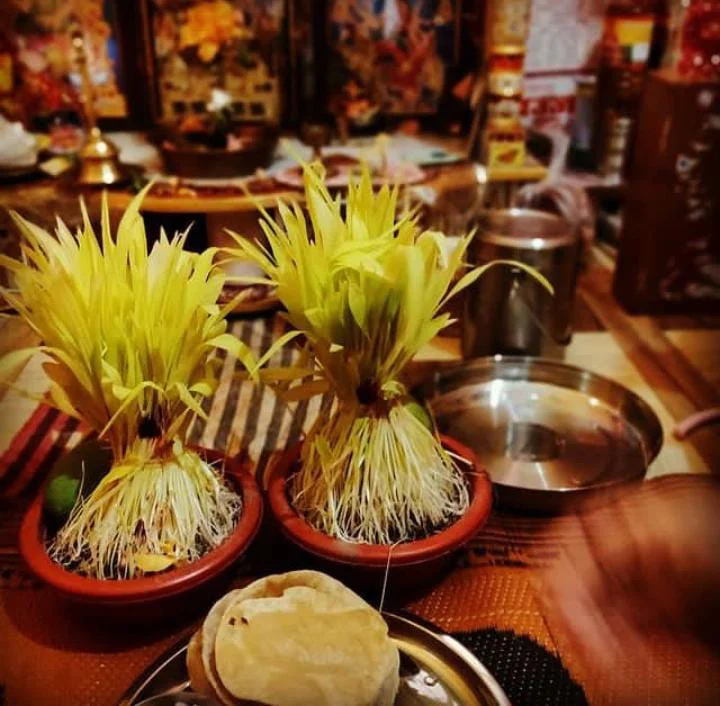
Harela
Harela, which means “Day of Green”, represents the new harvest brought on by the rainy season. It takes place in the ‘Shravan month’ of the Hindu calendar. It is a Hindu festival celebrated annually in the Kumaon region of Uttarakhand – a festival of peace, prosperity, greenery, and environmental protection.
It is considered to be an auspicious day for farmers, as it is the day when they begin the sowing cycle in their fields. Harela is known by various names – Mol-Sankranti or Rai-Sagran in some areas of Garhwal, Uttarakhand.
Kheer, puwa, puri, rayata, chhole, and other dishes are prepared as the celebratory spread.
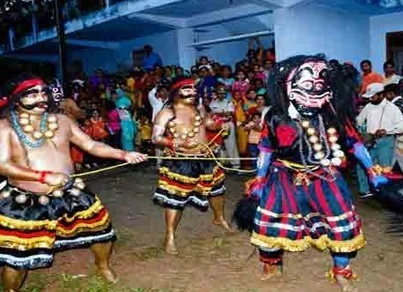
Hill Jatra
The word Hill Jatra means Jatra or group dance that is performed in the mud. Hill Jatra is performed in the Kumor village of Pithoragarh region of Uttarakhand, eight days after the festival of ‘Gor-Maheshwar’, during the month of Bhadra. The Hill Jatra is related to ropai (the plantation of paddy) and other agricultural and pastoral labours of the rainy season.
Different pastoral and agricultural activities are presented in a dramatic way like a pair of buffaloes, ploughman etc, and also the regional gods and goddesses. The main attraction of the Hill Jatra is the Hiran Chittal, Lakhiyabhoot, and Mahakali.
Fairs
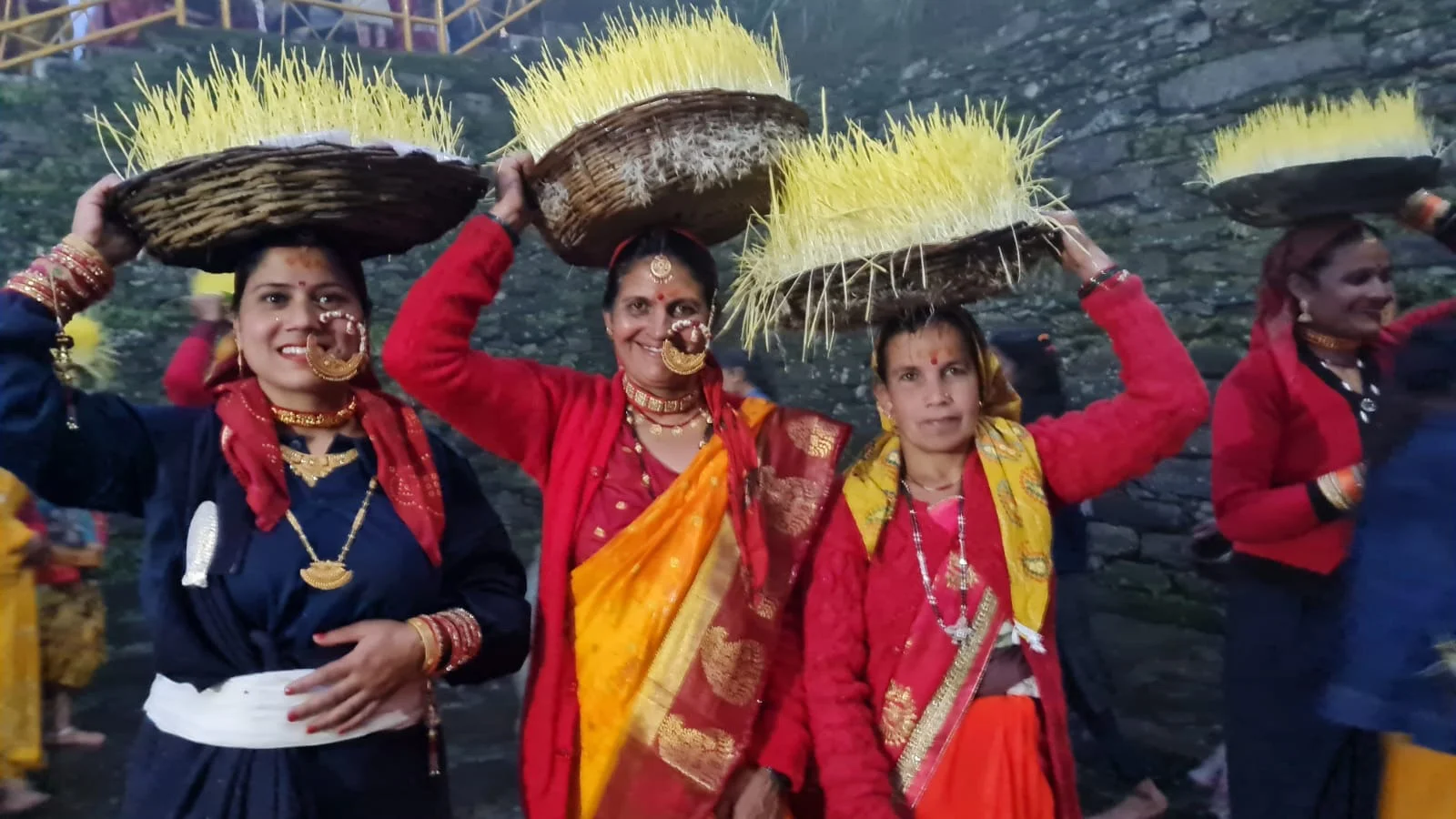
Baman/Vaman Dwadshi Mela
Festival History: The festival has a rich history dating back to the 8th century when Adi Shankaracharya, a renowned Hindu philosopher and saint, is believed to have visited the region. The festival is said to have been established by Shankaracharya himself to honor Lord Shiva and Goddess Parvati.
Festival Dates: The exact dates of the festival vary each year, but it usually takes place in the month of May or June, depending on the lunar calendar. The festival typically starts on the day of Ashadha Purnima (full moon) and lasts for around 5-7 days.
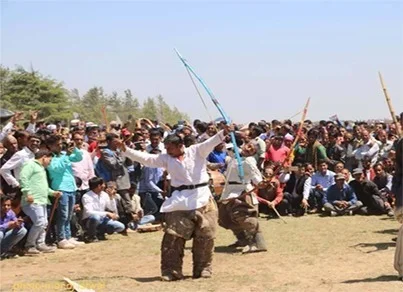
Bissu Mela
Bissu Mela is widely known by a tribe known as ‘Jaunsari’. Within the Uttarakhand Jaunsari tribe, people contemplate this joined of the cultural things. The origin of the Jaunsari tribe is seen from the Pandavas of Epic story – Mahabharat. Jaunsari social group community is found in Chakrata and Kalsi blocks within the Garhwal region. Bissu Mela is widely known within the Chakrata block of Dehradun.
It’s eighty-seven kilometers off from Dehradun’s main city and one hundred fifteen kilometers from Mussoorie. Jaunsar-Bawar is in Himachal Pradesh. wherever a good in Uttarakhand is widely known.
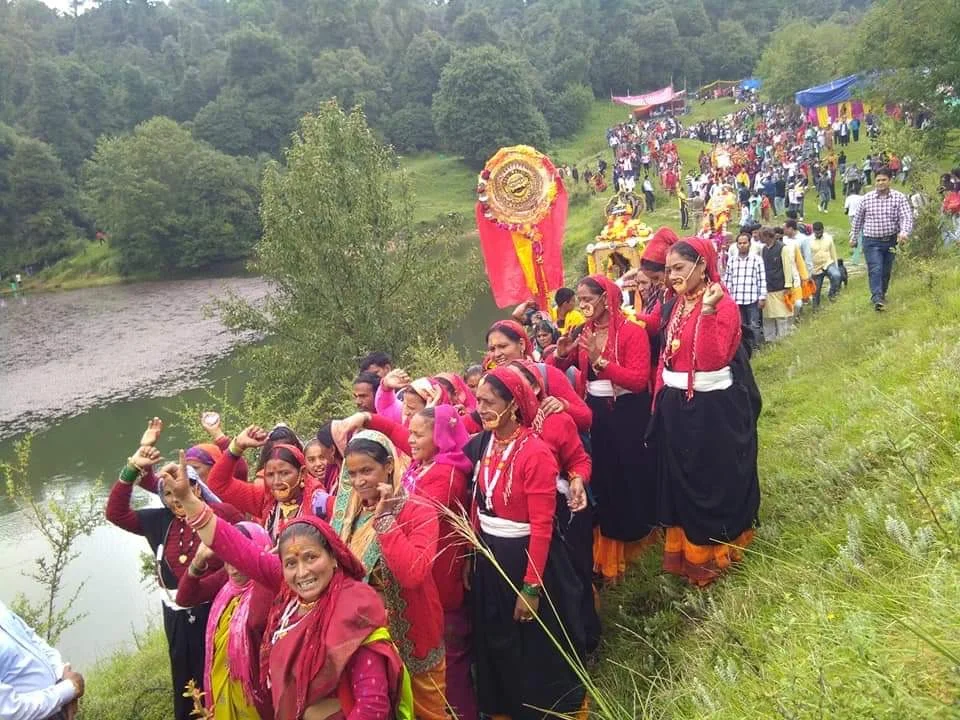
Devariyatal Mela
Shri Krishna Janamashtami (birth date of Lord Krishna) is celebrated as fair in Deoriyatal Lake by locals of Ukhimath Saari Village and nearby villagers. Devariytal is located 2.5 kms from Saari Village can be reached only by trek. During the celebration of this festival, a fair is organized near the lake and small temporary shops and food joints are openend for visitors.
This one day fair is held annually at Devariyatal on the occasion of Janmashtami. Lord Krishna’s tableaus from three Lord Shiva temples – Omkareshwar Temple (in Ukhimath), Bhootnath Temple (in Sari), and Nagaraja Temple (in Gaid) – come here.

Devidhura Mela
Devidhura Temple in Champawat is known for the event of Devi Dhura Mela during Raksha Bandhan where people gather, and stones are pelted between one gathering to others who shield themselves. In 2013, Uttarakhand high court intervened that the stones are to be replaced with Flowers and fruits. On the day of the fair, ‘Bagwal’ is played between four different groups of peoplecollectively known as ‘Khams’. The four Khams are- Gaharwal Kham, Chamyal Kham, Lamgarhia Kham, and Valig Kham.The fair starts with the worship of Goddess Varahi (Barahi) by the priest and the head of the Kham. After worship, prasad is distributed among the people and the ceremony of Bagwal is started.

Jhanda Mela
Guru Ram Rai Ji was the eldest son of revered seventh Guru of the Sikhs – Sri Har Rai Ji. When Ram Rai Ji performed miracles in the court of Aurangzeb, Har Rai Ji expelled him from Punjab in 1699. Ram Rai Ji then traveled to the Doon valley in present-day Uttarakhand and established his settlement which is known as ‘Dera’. Thus the city got its name as Dehradun from thereon.
Guru Ram Rai Ji built a gurudwara in the city which is known as Darbar Sahib. The Jhanda fair is organized every year to pay reverence to Guruji.

Kubmh Mela
Haridwar Kumbh Mela is a mela, associated with Hinduism and held in the city of Haridwar, India held every 12 years. The exact date is determined according to Hindu astrology: the Mela is held when Jupiter is in Aquarius and the Sun enters Aries.
The Kumbh Mela is the biggest religious festival on the planet. Hindus from all over the country look forward to this festival where pilgrims from every corner of India gather at a particular place and worship their god. The Kumbh Mela has been taking place from time immemorial and is the world’s largest congregation of pilgrims.
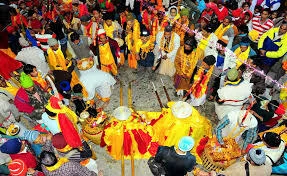
Madhmaheshwar Mela
Madhmaheshwar is mystically covered by the snow-capped Himalayas on the right side, lush green alpine meadows on the left side and dense forest act as its backdrop. The shepherd huts, village houses, thousands of years old Madmaheshwar temple and picturesque views complete this town. The temple architecture is a classic north Indian style. Madmaheshwar temple, also known as Madhya Maheshwar is not just a place of worship, but a journey to solace. The temple enshrines Lord Shiva in the form of Lingam depicting the naval (nabhi) of Shiv. Here ‘Madhya’ means ‘middle’ and ‘Maheshwar’ refers to Lord Shiva.
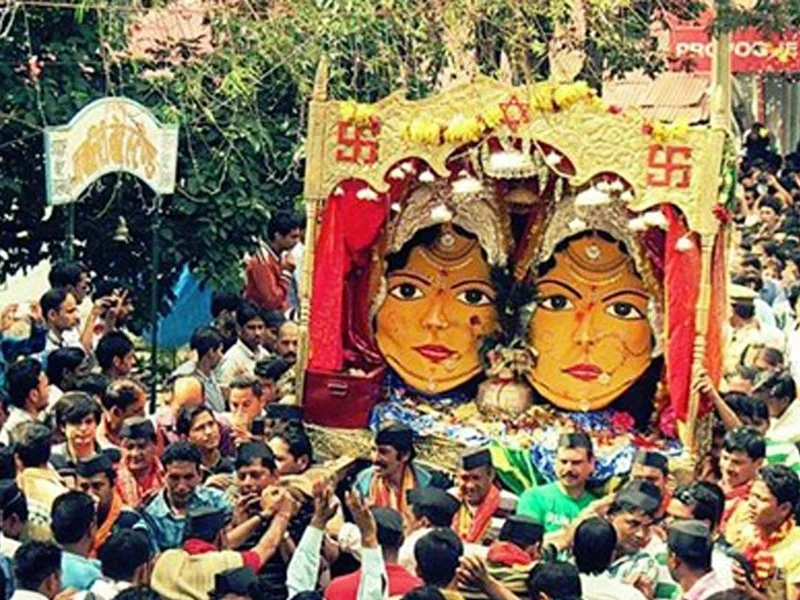
Nanda Devi Mela
One of the major festivals in Kumaon region of the state Uttarakhand, Nanda Devi Mela is organized in places like Almora, Nainital, Bageshwar, Bhowali, and Kot along with the far-flung villages of Johar. The Fair (Mela) is organized in the month of September every year. Almora is the place where the main fair is held. Nanda Devi Mela, also known as Nanda Devi Mahotsav has been celebrated since the Chand Kings ruled the place with its duration being either 5 days or 7 days. The fair usually takes place around the festival of Nandashtami, which is observed in parts of the state.
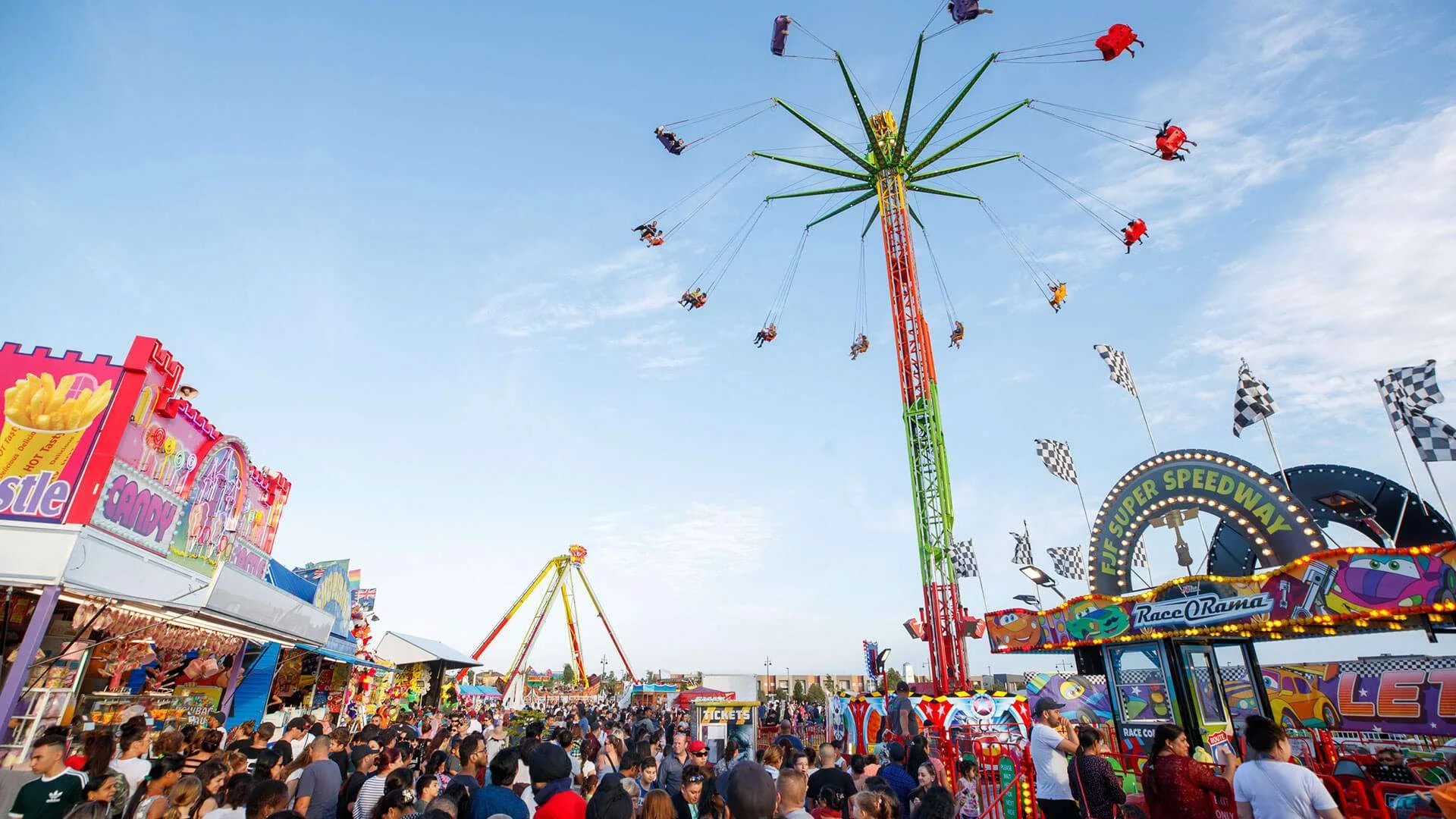
Uttarayani Mela
The Uttarayani Fair is generally held in the second week of January, every year, on the holy occasion of Makar Sankranti. The ground of the sacred Bagnath Temple in Bageshwar, on the banks of River Saryu, becomes the venue for the fair which goes on for about a week.
The Uttarayani Fair is celebrated on the occasion of Makara Sankranti which generally falls in January. The large gatherings of the mela, so bright and colourful, it is a visual treat. You will surely enjoy the impressive performances by the folk artists. They sing Jhoras, Chancharis and Bairas.